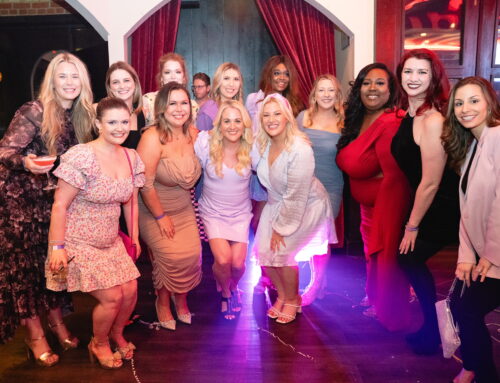
Ultra-cheap wine presents a dilemma. At what point is the wine so cheap that quality doesn’t matter and that it becomes nothing more than an alcohol delivery system, devoid of any pleasure except for the buzz that it provides? Cheap whiskey is for getting drunk. Wine — even inexpensive wine — is for enjoyment.
Yet these wines, which can roughly be defined as those that cost less than $6 a bottle, are more popular than ever before, according to Nielsen sales data. This may be because of the recession, more interest in wine (new drinkers usually start on the low end), or just because they don’t cost very much. The most popular is Trader Joe’s Three Buck Chuck, which isn’t available in this area, but every wine and grocery store has something similar.
One important caveat about ultra-cheap wine: There’s no guarantee it will taste the same from vintage to vintage. These wines are produced to cost a certain amount, not to taste a certain way. If the quality of grapes used one year is too pricey the next, the winery will use grapes of a lesser quality. Still, there is value to be found:
• Corbett Canyon Merlot NV ($10 for a 3-liter box, or about $2.50 a bottle): This won the Best of Class for merlots below $15 at the 2009 San Francisco Chronicle Wine Competition, and the competition included perfectly acceptable wines like Red Truck and Cycles Gladiator. Don’t expect a lot of depth or sophistication, but the Corbett Canyon isn’t overly jammy or fruity in the way other cheap merlots are. Drink it on its own or with any red wine foods.
• Oak Leaf Vineyards Chardonnay NV ($3). This is Walmart’s house brand, available only at its stores. I was surprised at how pleasant it was — not over-oaked, as is often the case with cheap chardonnay, and it had a real chardonnay green apple flavor. Drink this chilled, on its own, or with any white wine food.
• Barefoot Pinot Grigio NV ($6). Most of the Barefoot wines, part of the Gallo Empire, are unimpressive. But this one, which earned high praise in the Wall Street Journal, stands out. It has more fruit and is more interesting. It’s also more of a food wine than most ultra-cheap wines, which really aren’t about food.
Ask the Wine Guy
Q. What does ‘NV’ mean?
A. NV stands for non-vintage. That is, there is no one year that the grapes that are in the wine were picked. Most wine has a vintage – 2007, for example. That means that 95 percent of the grapes used to produce the wine were harvested in 2007. Usually, but not always, NV wines are of lesser quality. The biggest exception is champagne and sparkling wine, most of which are non-vintage. -JEFF SIEGEL
MOM’S SPAGHETTI SAUCE
Most mothers probably pass some version of this recipe to their children, since it’s quick and easy (and oddly, it’s not all that different from many sauce recipes at chain restaurants). You can dress it up, which this version does with aromatics, but the basic sauce remains a standard. Serve it with the Corbett Canyon merlot, and all will be happy.
Serves four, takes about 40 minutes
16 oz spaghetti or your favorite pasta
2 6-oz cans tomato paste
1 12-oz can tomato puree
3-4 cloves chopped garlic
1 chopped onion
1 chopped carrot
1 chopped celery rib
2 bay leaves
1/2 tsp dried oregano
4 Tbsp olive oil
2 c white wine, red wine or water
Salt and pepper to taste
1. Heat the olive oil in a large pot over medium heat. Add the chopped vegetables and sauté until soft, about five minutes.
2. Add the garlic, stir, and sauté for 30 seconds. Then add the tomato paste, tomato puree, oregano, bay leaves, salt, pepper, and water or wine. (Mom always rinses the cans with the water.) Stir well. Bring to a boil, cover, and simmer over low heat for 15 or 20 minutes.
3. Meanwhile, cook and drain the pasta according to package directions.
4. Remove the bay leaves and blend the sauce in a food processor or hand blender. Serve with pasta.





